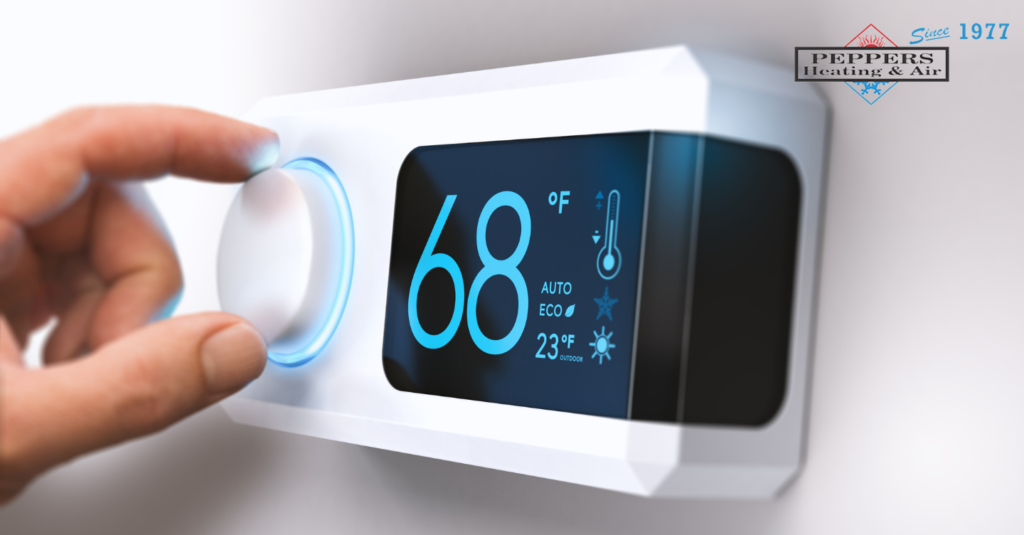Technology is constantly changing and devices are adapting in new and exciting ways. Homeowners are able to get smart technology incorporated into devices they never thought possible. Whether it’s a refrigerator with a touch screen or lights you control with your phone, adding these devices to your home can have a wide range of benefits. One of the most popular devices on the market is a smart thermostat. With so many styles available, it can be difficult to decide which is the best for your home. Here’s a guide to smart thermostats including what to know before you buy.
Why Buy A Smart Thermostat?
Switching to a smart thermostat has multiple advantages over a conventional model. To start, it helps save money on your energy bills. A smart thermostat monitors and controls temperature remotely, plus over time it adjusts settings based on your usage. This makes sure your HVAC system isn’t running necessarily. In addition, many thermostats have history tracking of energy usage, helping you know how to modify your heating and cooling settings.
Another benefit is the ability to control your thermostat from anywhere. The majority of smart thermostats on the market come with smartphone integration via an app. This way, you can set your home to be the perfect temperature whether you’re at work or on vacation.
Features to Look For
Once you decide on getting a smart thermostat, the next step is figuring out the best one for your home. There are features to consider when choosing a thermostat, and not every model will have these included. Some of these are:
- Compatibility. You want to verify that any smart thermostat you buy is compatible with your current HVAC system. If you’re system is a forced air version that was installed after 1975, it likely will be compatible with a smart thermostat. Older versions will often need an adapter installed first. The wiring in your home that connected the current thermostat also is an indicator of if a smart version can be installed. Have an HVAC contractor check to see if any problems could occur with compatibility.
- Connectivity. A smart thermostat needs a wi-fi signal to operate correctly. When installing, make sure to choose a spot where the device is within range of your router. When the thermostat is too far away, if can occasionally disconnect. Buying a wi-fi signal extender is a way to get around the issue.
- Geofencing. This incorporates with an app on your smartphone and detects if you are at home. The app creates an electronic boundary around your home, and if you are outside that range, turns the thermostat on or off depending on the need.
- Alert notifications. Some thermostats have alerts that notify you if something is wrong with your HVAC system. For example, when temperature go below freezing, the app will warn of the potential of your pipes freezing or bursting. Some models also provide general notifications, like when to change the air filters in your HVAC unit.
- Remote sensors. These sensors are small, button-like devices that monitors temperature in a room as well as occupancy. Having sensors in your house allows your smart thermostat to regulate the temperature in your house based on these factors, reducing hot or cool spots.
Other Features Available
While the above listings are of the primary functions to look for when buying a smart thermostat, many models offer other exciting options. For example, thermostats are available that work through voice activation, such as Amazon Alexa or Google Home. This allows homeowners to simply ask their smart speaker to adjust temperature and it is done automatically. In addition, some models have their own speakers included, meaning it’s possible to stream music directly through your thermostat.
The ability to be incorporated into other smart devices is expanding as well. Some Nest products have the ability to work with third-party devices such as lights and appliances. Other brands are following suit with ways to integrate their devices into overall home automation.
There are many reasons to add a smart thermostat to your home, especially if you have other smart devices already installed. While they are more expensive when compared to traditional models, they can save you money in heating and cooling costs, and give you more control over the energy in your home.
Need more information on smart thermostats?
Contact the professionals at Peppers Heating and Air today!


